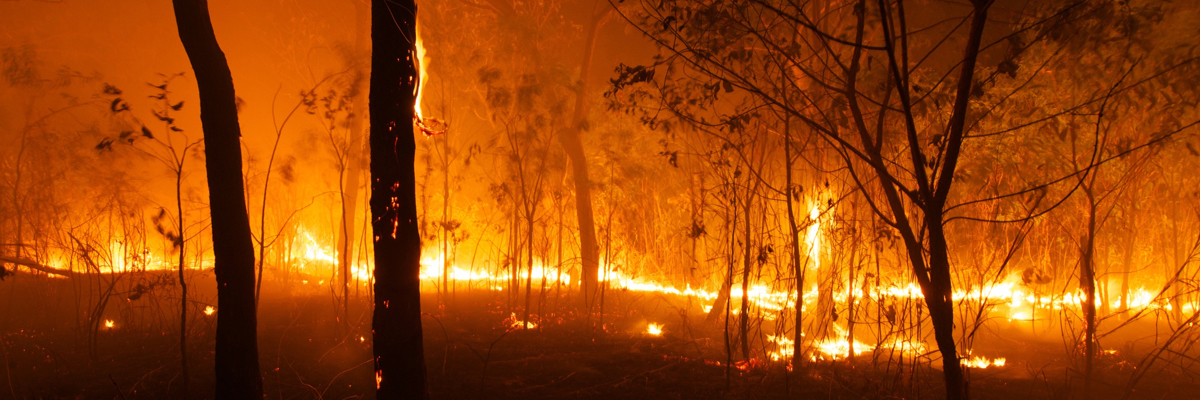Expert Insights: Why Every Property Owner Requirements a Thorough BAL Report
Expert Insights: Why Every Property Owner Requirements a Thorough BAL Report
Blog Article
Ensuring Bush Fire Defense Via Correct BAL Report Analysis
In the world of bush fire defense, the careful analysis of Bushfire Assault Level (BAL) records stands as a foundation for protecting residential properties versus the disastrous effect of wildfires. With ecological variables and property features playing considerable functions in identifying the level of threat, a detailed understanding of BAL rankings ends up being necessary.
Recognizing Bushfire Assault Degree (BAL)
In the world of bushfire protection, understanding the Bushfire Assault Degree (BAL) is vital for ensuring effective reduction methods. BAL is a system utilized to measure the possible threat a building may encounter from a bushfire. It thinks about elements such as the sort of greenery, the incline of the land, the Fire Danger Index, and the Fire Intensity Index. Recognizing the BAL rating of a residential or commercial property is critical for residential property proprietors, home builders, and policymakers to carry out ideal measures to protect against bushfire dangers.

Relevance of BAL Report Analysis
A necessary facet in bushfire defense planning involves the detailed evaluation of BAL reports to examine the prospective threats and determine suitable mitigation techniques. BAL records give critical info about the possible effect of bushfires on a residential or commercial property based upon various elements such as plants type, distance to prospective fire threats, and slope of the land. Evaluating these records with precision is paramount in establishing efficient bushfire security steps tailored to the particular risk profile of a residential or commercial property.
Executing Fire Protection Actions
Executing effective fire protection measures is important for safeguarding homes in bushfire-prone areas. This involves clearing flammable plant life, such as completely dry leaves and branches, within a particular span of the home.
Moreover, having a properly maintained and ample water supply, such as a container or swimming pool, can help firemens in their initiatives to secure the residential or commercial property. BAL Report. In general, applying a mix of these fire protection actions can dramatically boost the chances of securing residential properties during bushfire occasions.
Mitigating Risks in Fire-Prone Locations
To strengthen residential or commercial properties see here versus bushfire dangers, a tactical emphasis on mitigating risks in fire-prone locations is vital. One essential element of threat mitigation is preserving defensible area around residential or commercial properties by removing combustible plants, making certain adequate spacing between frameworks and trees, and using fire-resistant landscaping methods.
Furthermore, constructing or retrofitting buildings with fire-resistant products and ensuring proper maintenance of roofing systems, rain gutters, and outside cladding can substantially boost the home's durability to bushfires. Practicing a bushfire and developing emergency strategy with all owners, consisting of emptying treatments and interaction strategies, is additionally vital in mitigating risks efficiently. By adopting a proactive method to take the chance of reduction in fire-prone areas, residential or commercial property owners can much better safeguard their properties and improve overall bushfire readiness.
Ensuring Property Safety and Durability
Guaranteeing the safety and durability of homes in fire-prone areas calls for an unfaltering dedication to robust safety nets and strategic preparation. Building security begins with implementing efficient measures to lower fire risks. This includes preserving a defensible room around the home by getting rid of flammable greenery, making certain proper maintenance of gutters and roofings, and utilizing fireproof building products. Routine upkeep of firefighting tools, such as pipes and automatic sprinkler, is additionally important to property strength.
Resilience, on the various other hand, involves the capacity of a home to endure i was reading this and recover from a bushfire. By proactively resolving these aspects, property proprietors can better secure their assets and liked ones from the threat of bushfires.
Final Thought
To conclude, making sure bushfire protection with correct BAL report evaluation is crucial for recognizing the level of threat positioned by bushfires and applying required fire defense measures. By minimizing dangers in fire-prone locations and making sure property security and strength, individuals and areas can much better plan for and react to bushfire events. It is imperative to prioritize fire safety and security measures to safeguard lives and residential property in these high-risk atmospheres.
In the world of bush fire protection, the thorough evaluation of Bushfire Assault Degree (BAL) reports stands as a foundation for securing homes moved here versus the terrible effect of wildfires (BAL Report). Comprehending the BAL score of a building is important for residential property home builders, proprietors, and policymakers to implement appropriate measures to guard versus bushfire dangers

BAL reports offer vital details about the prospective influence of bushfires on a residential or commercial property based on different factors such as greenery type, range to possible fire hazards, and slope of the land (BAL Report). In general, carrying out a mix of these fire protection measures can considerably boost the opportunities of guarding homes throughout bushfire occasions
Report this page